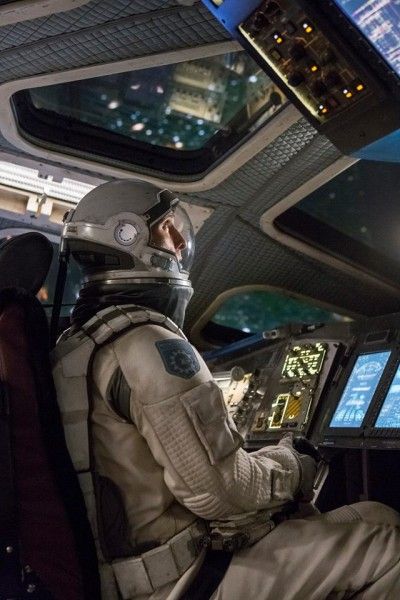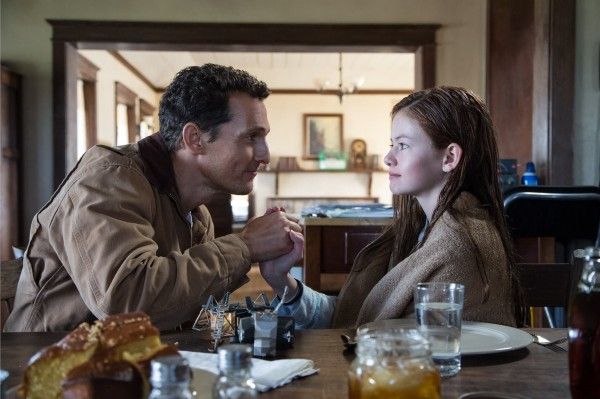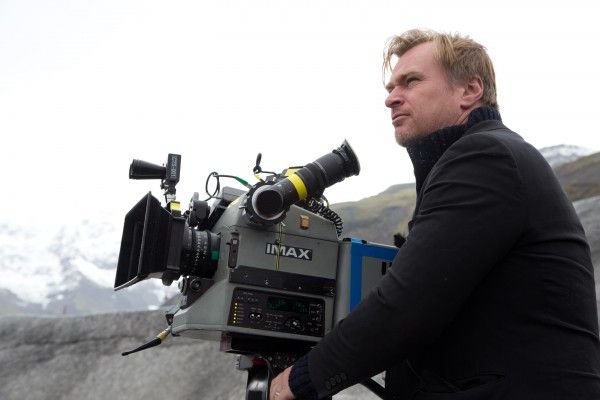Interstellar, like all of Christopher Nolan’s movies, was rather cerebral in nature. We knew going in that it’d be a heady affair given that Nolan was dealing with theoretical physics and basing the screenplay off of work done by Kip Thorne, and the film was not a disappointment in that department, especially with regards to its ending.
The conclusion of the movie finds Matthew McConaughey’s character entering a black hole in which he stumbles upon some kind of fifth dimensional tesseract, wherein he’s able to reach back and make contact with his daughter (played by Mackenzie Foy and Jessica Chastain) at different times in her life, all at the same time.
But the original Interstellar ending was much less complicated, it turns out. It’s no secret that Nolan’s brother Jonathan Nolan initially penned the screenplay for Steven Spielberg to direct, and when Christopher signed on, he and Jonah worked to create a significantly different version of the movie. Jonah recently took part in a Q&A about the film with Thorne, during which he was asked about the film’s ending. After first quipping, “You’ve got the wrong brother,” Nolan revealed his original ending for the movie (via Nerdist):
"It had the Einstein-Rosen bridge [colloquially, a wormhole] collapse when Cooper tries to send the data back.”
So what does that mean? Well I’m not completely sure, but it sounds like it would’ve been a much darker conclusion in which McConaughey’s character doesn’t make it back alive, doesn’t reconnect with his now-old daughter on a space station for 10 minutes, and doesn’t fly off to go find Anne Hathaway’s character.
What’s unclear is whether, in the original ending, Cooper’s data makes it back to his daughter in time. That’d be a pretty dire conclusion if McConaughey died and the human race went extinct, so I imagine Nolan means the original ending had the father dying, but his message being received. Or maybe he doesn’t, in which case I would’ve loved to see the reaction to that ending in a Spielberg or Christopher Nolan-helmed film.
Thorne was also in attendance at the event and revealed another change from Interstellar’s original iteration. Apparently the gravitational anomalies that directed McConaughey and his young daughter to NASA were supposed to be gravity waves emanating from the destruction of a neuron star, via a black hole. The waves would’ve been detected by the Laser Interferometer Gravity-Wave Observatory (which Thorne helped develop), and the evidence would've pointed to them emanating from a black hole close to us, but Nolan thought it was all too complicated:
“That was very near and dear to me,” Thorne said, “but Chris thought it was too much science for the public to digest at once.”
Possibly, though moving forward with the tesseract sequence was quite a lot to take in as well. Anyway, fans can now pore over the details of Interstellar at their leisure, as it’s currently available on Digital HD and hitsf Blu-ray and DVD on March 31st.




